The world is changing, I think we all know that now. In terms of climate and ecology, we probably don’t realise how much and how fast. Climate zones are shifting North and Southwards from the equatorial regions with the most extreme change seen near the poles (4 times the rate of elsewhere). For us in the UK, we might be relatively lucky (as an island) compared to many regions of the world where changes will be devastating. Nonetheless, we will – and are – seeing big changes.
Gardens seem an irrelevance in the face of global crisis, but they can play an important roll in facilitating change, and give us a feeling of contribution, rather than just retreat (the more usual psychological meme for a garden). I don’t apply this importance to your typical, traditional or a contemporary ‘designed’ garden (where we need to invert the usual 80/20 balance of hard/softscape), for we have to change our thinking and our practices, along with the type of plants we grow. We have to make our gardens adaptive and ultimately, regenerative; they have to act as seed banks for a changing ecology. Such a garden will also be more sustainable on many different levels.
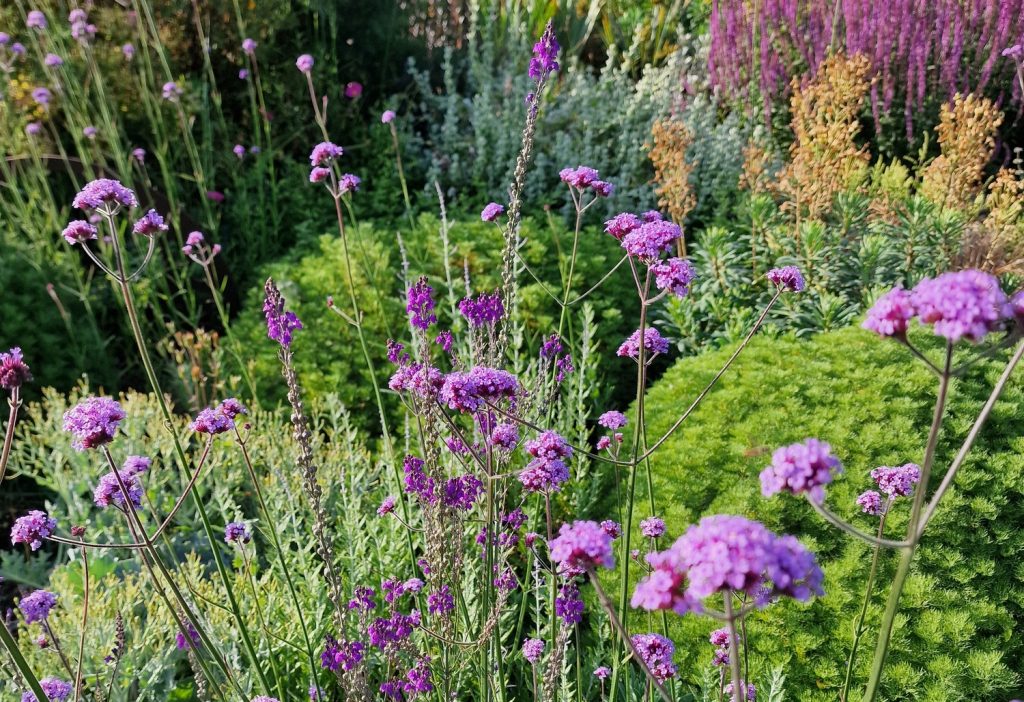
To understand what I mean and how to do this, we have to understand the context – we have to know and acknowledge what is coming. If we don’t perceive the need, we won’t change what we do. The world is in a perfect storm: political upheaval and war; energy crisis; pandemics; changing climate and biological extinctions. Finding something meaningful that we can do as individuals, that contributes to mitigation and personal resilience is one of the best aspects of this idea. Growing veggies and fruit is an act of empowerment and should be done, though I’m not focusing on that here. I’m talking about changing our landscapes and gardens so that they act as seedbanks for the new (novel) ecologies that are, and need, to arise everywhere.
How dangerous – Nature might run amok! Let it, we humans have messed everything up pretty badly, we don’t need ‘experts’ telling us that doing this is wrong
One of the biggest problems is that the natural spread of plants to new climate areas is a slow process, happening over hundreds, possibly many thousands of years. Current rates of climate zone movement are outpacing Nature’s ability to keep up. This isn’t helped by the fact that much of the seed dispersing fauna are also greatly diminished, due to environmental degradation. Animals can carry seeds for many miles before dispersing them in their stools so their diminishment affects plant movement and establishment. Nature will repopulate the planet with new ecosystems, even new species, and doesn’t mind what time it takes. That’s no good to us though, if we want to survive, we have to be proactive in aiding this change. Don’t think for a minute that the human species can survive without well-functioning ecosystems.
Unfortunately, current attitudes of conservation are still largely fixed on a rhetoric of native or invasive, which is largely a result of a human colonising mindset – and yet is precisely what we have done, everywhere. That we see nature doing this (often using us as movement vectors for species) we somehow see as wrong, even abhorrent, which is a joke. What we glibly call invasive species are actually pioneers, finding new niche, usually in disturbed or denuded grounds. Of course, we should manage them, not least by looking at successional planting/seeding.
What I am talking about here is giving Nature the tools it needs to more rapidly adapt ecosystems to the changing conditions and we do that by using appropriate plants that can reproduce themselves, usually by seed. How do we know what are the right plants? We can’t be certain, but we can look at regions of the world which we might become like and select plants from there. We have to look at their habits, character, uses and value to biodiversity. Think of it as providing Nature with an assorted chocolate selection, from which it might pull out and use those species which are good for that place and time. We should also focus on plants that are beneficial to our insect populations. This is what’s called creating a Novel Ecosystem and we have a number of good examples around the world, perhaps the most famous – or infamous, if you’re a conservationist – being Ascension Island.
Ascension Island lies in the South Atlantic ocean, off of the coast of Africa. It has long been a UK naval port and was visited by Darwin, who noted how barren it was and commented to Sir Joseph Hooker that the island should be planted. Over the years a wide mix of plants were used and from this, a new ecology has arisen. I won’t say more but have written about it here:
Another example of novel ecosystems is the self-seeding on brownfield sites I have observed in places like Dubai and Abu Dhabi. Again, I have written about these extensively, but here’s a link to one of them:
Close to (my) home, I love what’s happening on vegetated shingle banks at Pagham, in West Sussex. More of a hybrid ecosystem than a novel one, native plants that frequent such places mix happily with many garden escapes from the beach-front houses. The local ecology appears richer and more diverse, with many insects visiting all the plants as they flower; such an ecosystem surely has better chance of adaptation and survival as the climate changes. This place will be the subject of a future article.
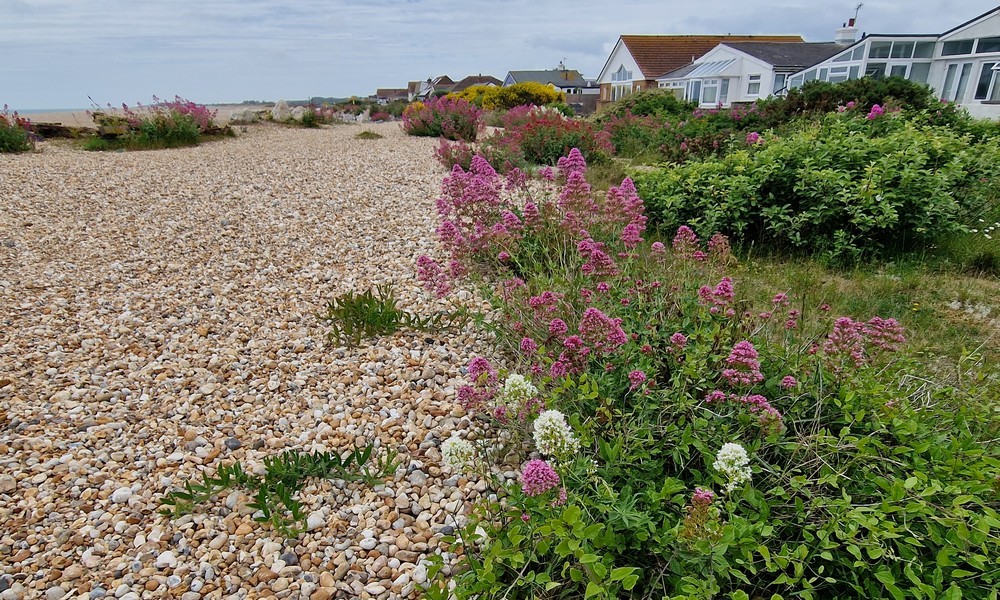
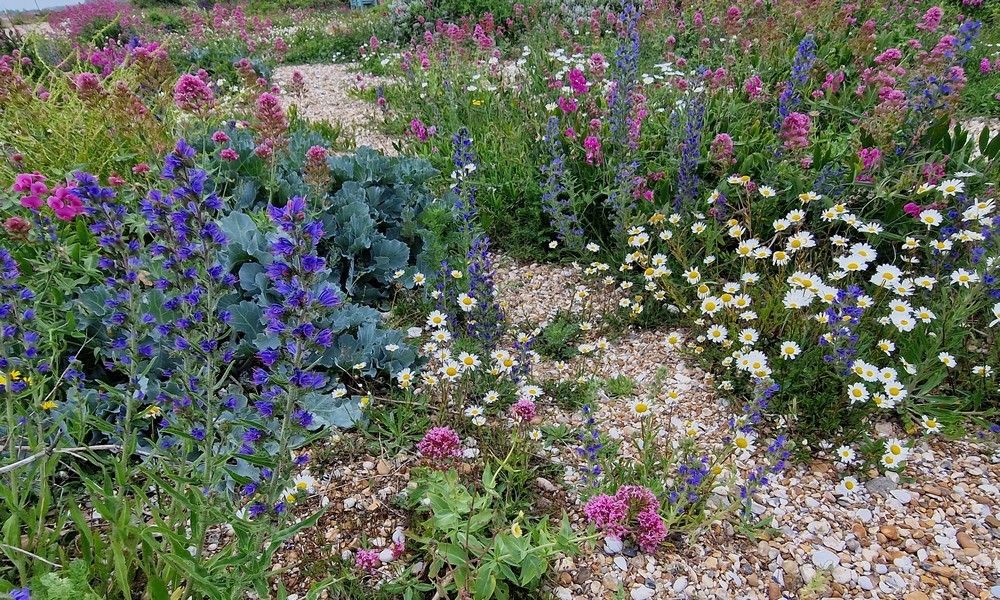
Creating gardens with plants that self-seed could be one of the building-blocks of future adaptation. This means seeking out plants – trees, shrubs, sub-shrubs, herbs and grasses – which are known to self seed. You can find out which plants will do this by looking at seed catalogues. A surprising number of varieties will come true from seed, so you are not just limited to species. Hybrids and low-pollen flowers (double etc) are of less use; you can do a phased replacement of existing stock. It is also quite acceptable to keep favourites and accept that they won’t reproduce in the longer run. I will be aiming for 90% self-reproduction in my own garden, which is probably currently around 70%. Of course, existing native plants can, and should, be a part of this mix.
How dangerous – Nature might run amok! Let it, we have messed everything up pretty badly, we don’t need ‘experts’ telling us that doing this is wrong, for the human race is in no position of authority when it comes to planetary health. Give nature the tools to choose from and let’s see what arises. I dare bet the few negatives will be hugely outweighed by the positives, and I for one, would rather have a novel ecosystem that thrives than one that is purely ‘native’ but failing. Creating this will be just as much fun as gardening has always been, but with a bigger motive than just one’s own pleasure; we might just speed up Nature’s adaptive process and help cope with climate change.
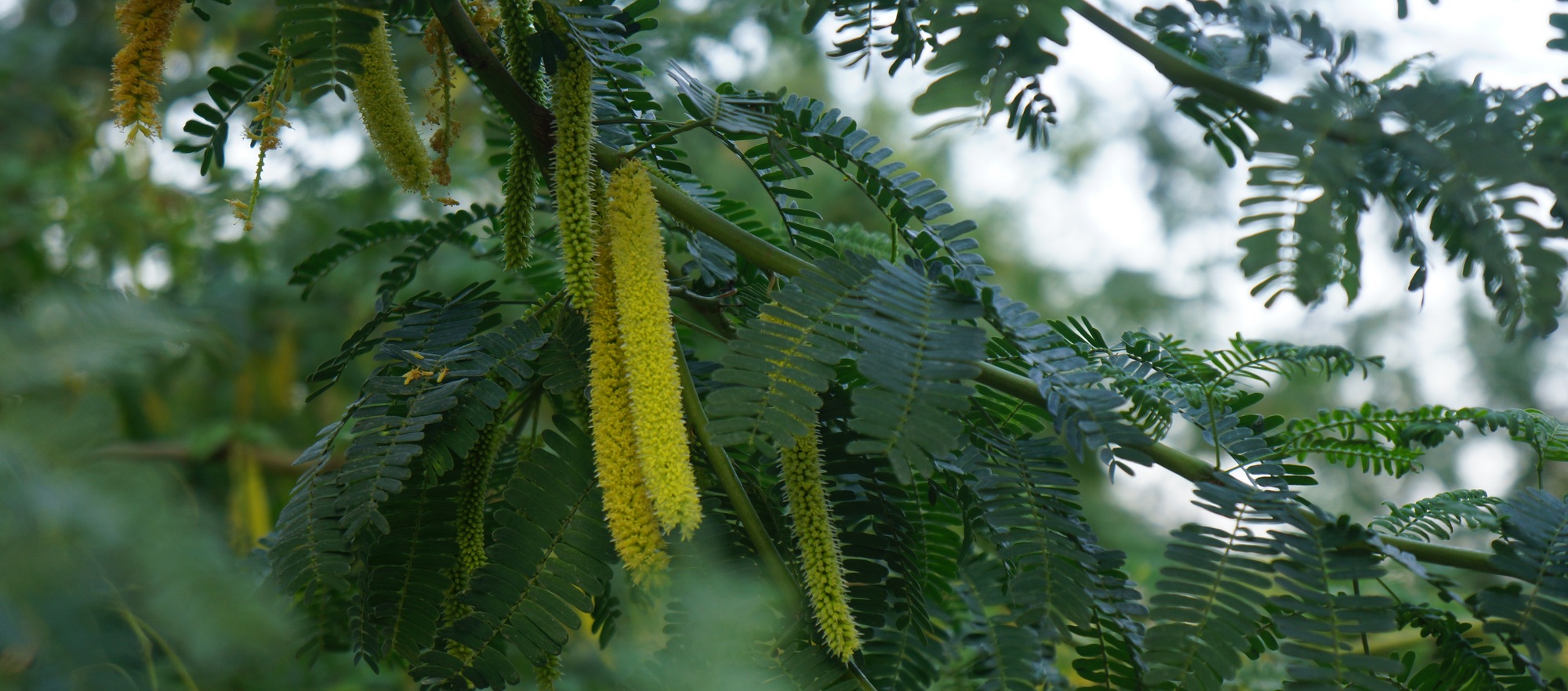
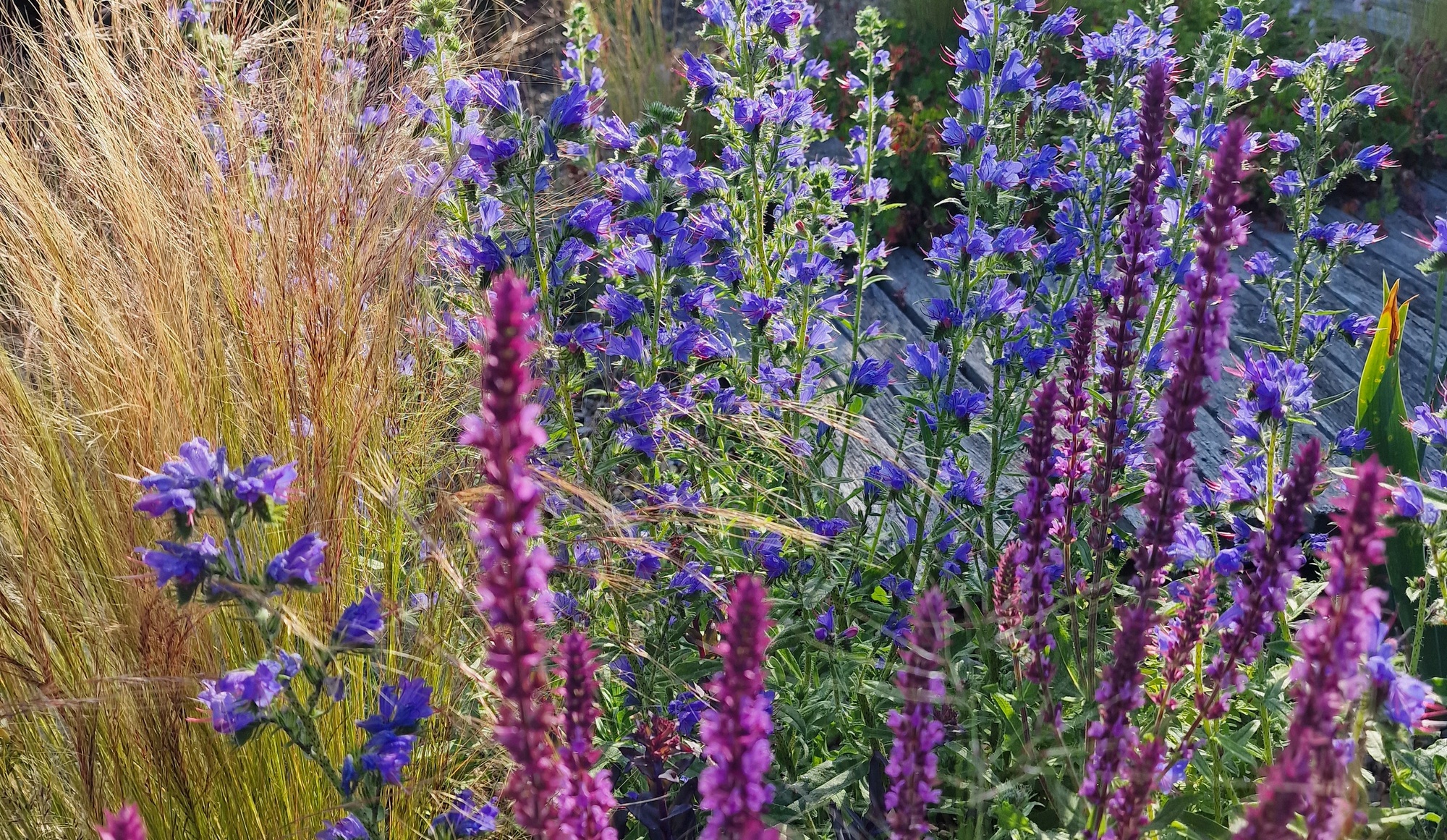
Sound stuff Mark and absolutely true. The traditional mind set of ‘gardeners’ needs to be refocused. Self set plants are brilliant, I always think that a self set plant is a happy plant!
Hi David – thanks for the comment; you’re right, self-seeded plants are always better than a planted one!
Great article, Mark! I would add that learning about edible and medicinal plants that self seed–and are often very beautiful too–helps human resilience too.
Good point Jennifer! I have several in the garden, including seakale, Crambe maritima, which I eat the young buds of, like purple sprouting broccoli!
Really interesting to hear about Accession Island and to think about it as a model for adapting our landscapes into richer and more resilient places.